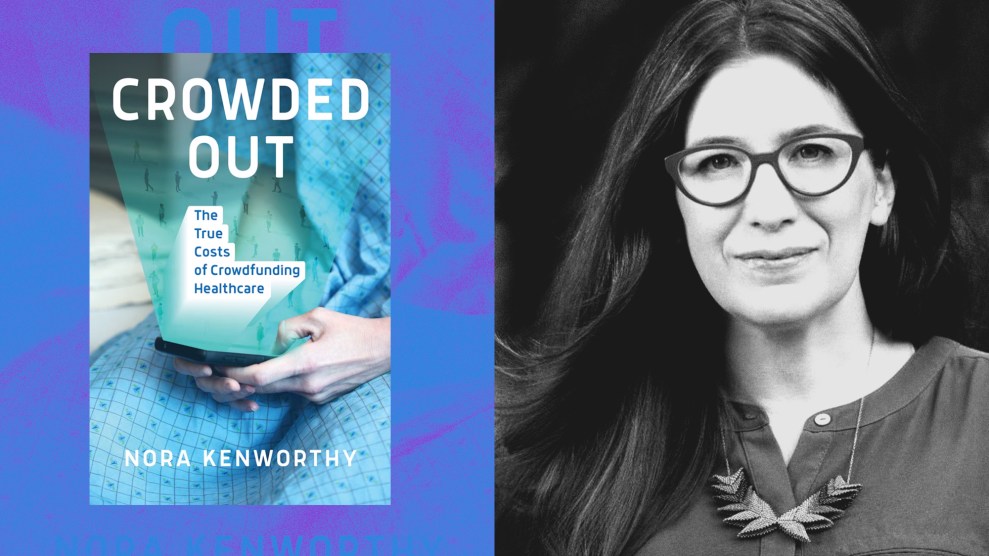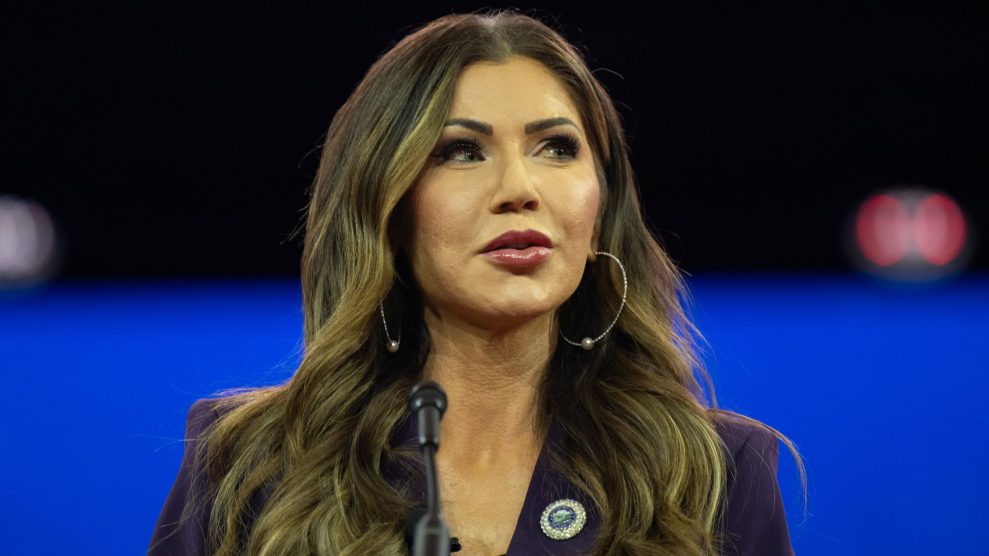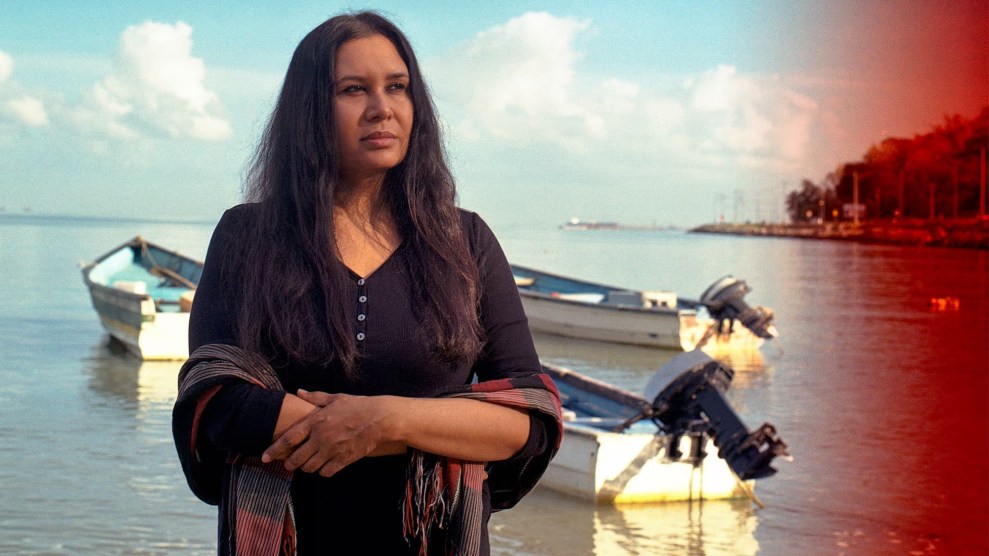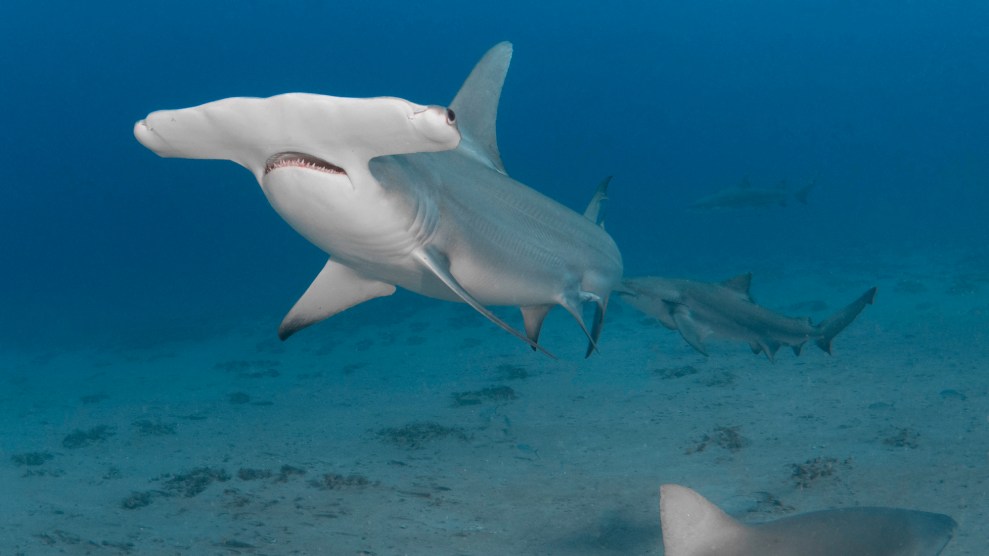An objective examination of both the current campaign-financing system and the history of so-called campaign-finance reform leads most rational people to the same conclusion: as long as campaigns for public office are financed with private money, that money will control, corrupt, and distort the democratic process.
The solution is to finance all congressional and presidential primary and general elections directly from public funds. Though an unpopular idea both in Washington and among voters, it has compelling merit. Let’s look at it this way:
The S&L mess will cost the nation at least $500 billion. That problem began in 1982, when PACs from the S&L industry purchased a very bad piece of legislation–the Garn-St. Germain Act. Then, as the S&L industry was swept by fraud, crooks like Keating shared their S&L booty with members of Congress, who in appreciation stopped federal regulators from shutting the crooks down. But just by taking the $500 billion cost of this one congressional snafu–and, rest assured, there are many other examples in which special interests have corrupted the legislative process–we could pay for every primary and general election campaign for members of the House, the Senate, and the presidency for one thousand years (calculated at $500 million per year)!
In this context, it’s hard to imagine why public financing is so controversial. But members of Congress are not about to support publicly funded campaign financing, for several reasons:
1) They use the advantages of incumbency–easily accessible special-interest money–to scare off and defeat challengers. That’s what House Majority Leader Richard Gephardt, D-Missouri, did in 1992. His challenger actually raised more than $400,000 to mount a viable campaign. Gephardt’s response was to turn to PACs, mostly labor PACs, which promptly sent him $1.2 million. Gephardt won his race with 64 percent of the vote. Is it any surprise that he opposed NAFTA?
2) Though they believe that politicians are little more than bribe-taking scoundrels, voters hate the idea of replacing special-interest campaign money with taxpayer funds. Increasing numbers of taxpayers are refusing to check that little box on their IRS-1040 that sends $1 to the presidential campaign fund. The fund was only barely able to cover its obligations during the 1992 race and is projected to be in deficit in 1996. The Senate has already voted to raise the contribution to $3.
3) Then there’s the Rush Limbaugh factor. Members of Congress can just hear Rush broadcasting to his small army of ditto-heads: “Look what they’re doing now, folks. Congress can’t even balance the budget, but they want you and me to pay for their campaigns.” Forget it.
Even the public-interest groups are shy about demanding a pure publicly financed campaign system. One of the few that has is the Center for Responsive Politics, a nonpartisan group that tracks hard- and soft-money contributions.
“Achieving this goal [pure public financing] will require jumping the enormous hurdles of public cynicism and suspicion toward politics and politicians,” said Ellen Miller, the group’s executive director. “Public-interest groups have failed to make the case that today’s cost of private financing of elections is far, far higher than the cost of a system of total public financing.”
Unlike Miller, most proponents of public financing are still in the closet. Even White House sources who privately told us that they favor a public-financing system wouldn’t say so on the record, and didn’t dare propose it in their reform plan. So here lies the real roadblock to reform: few players in this drama are going to come out for public campaign financing until they are certain that the public won’t hang them out to dry.












